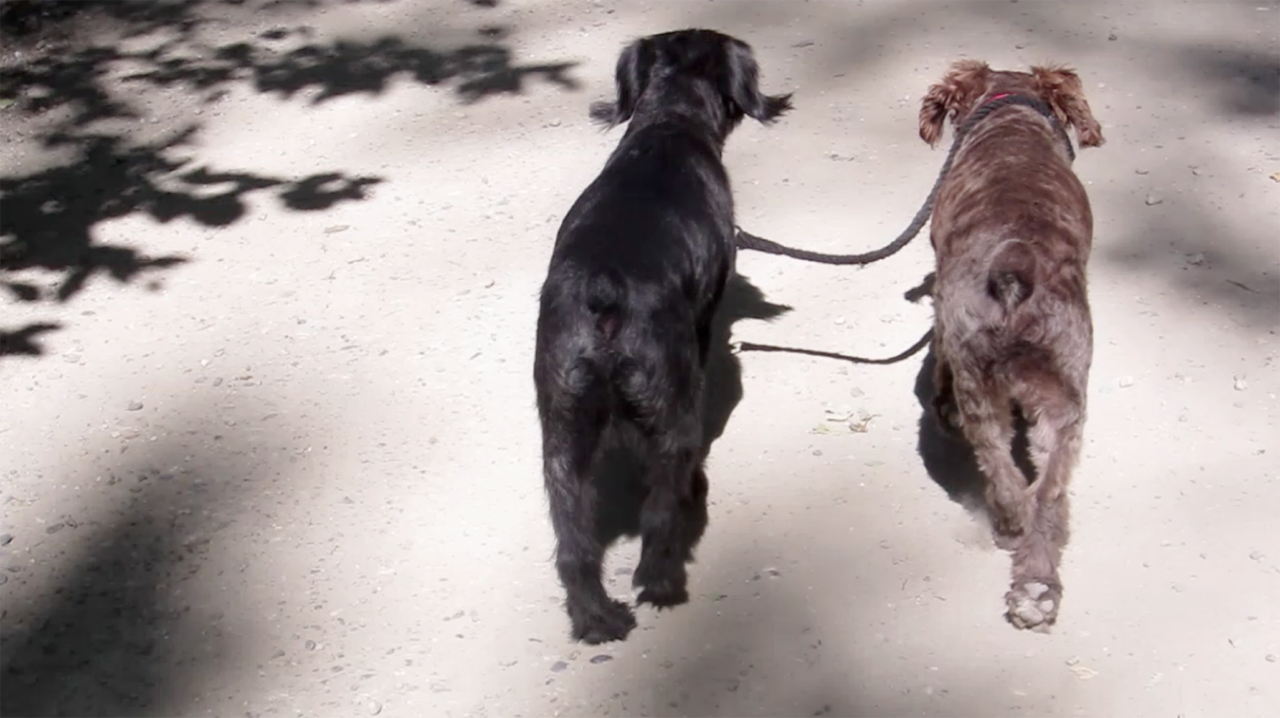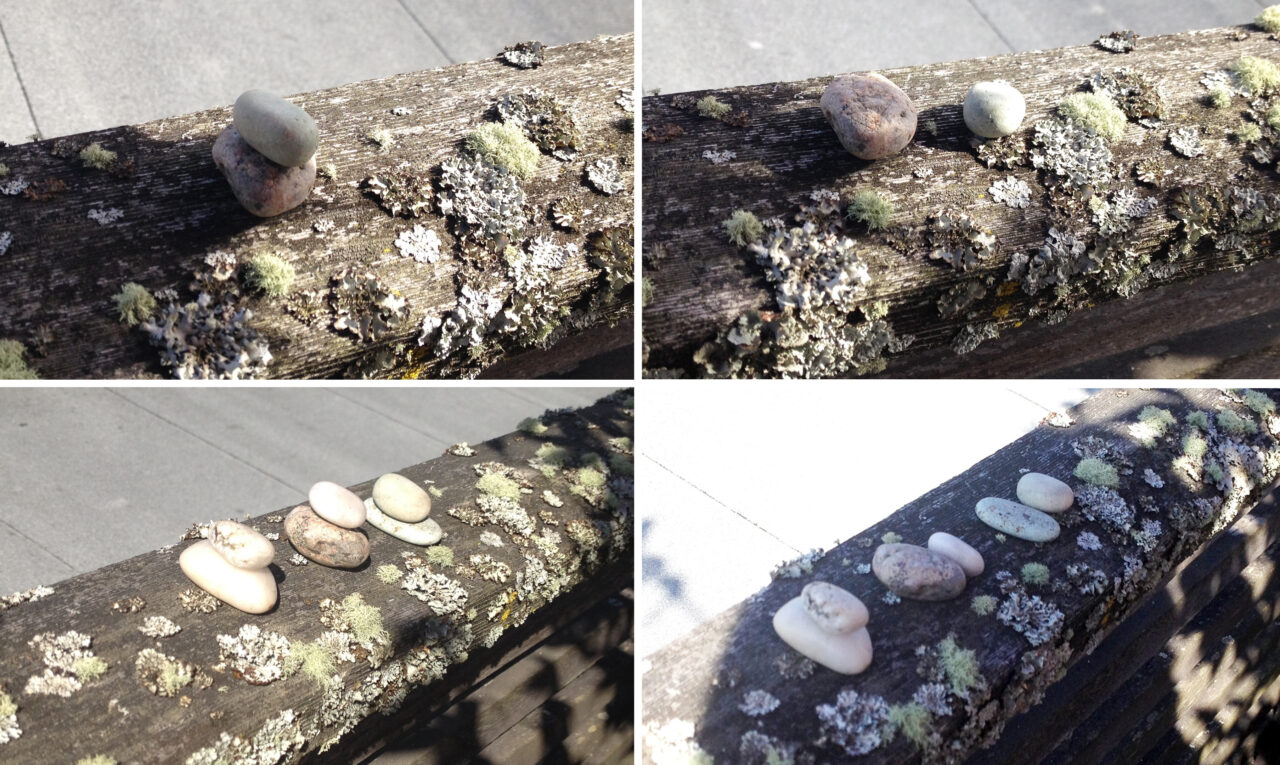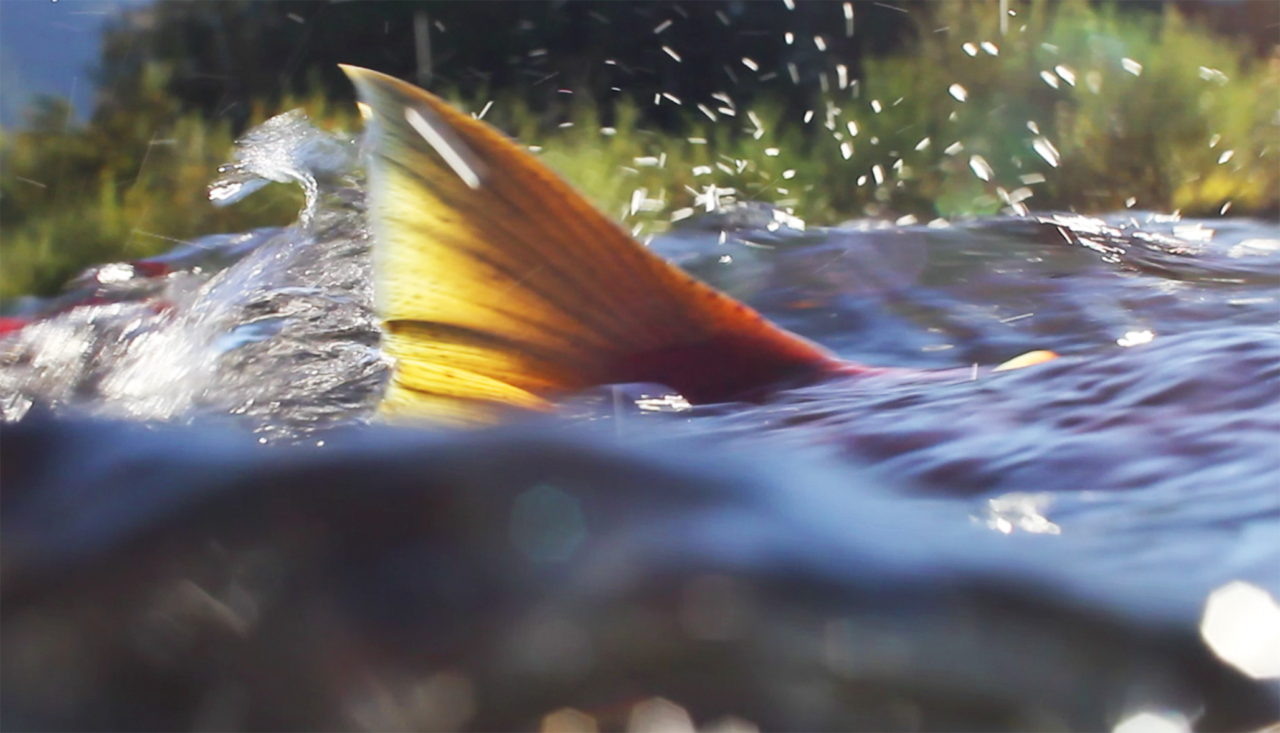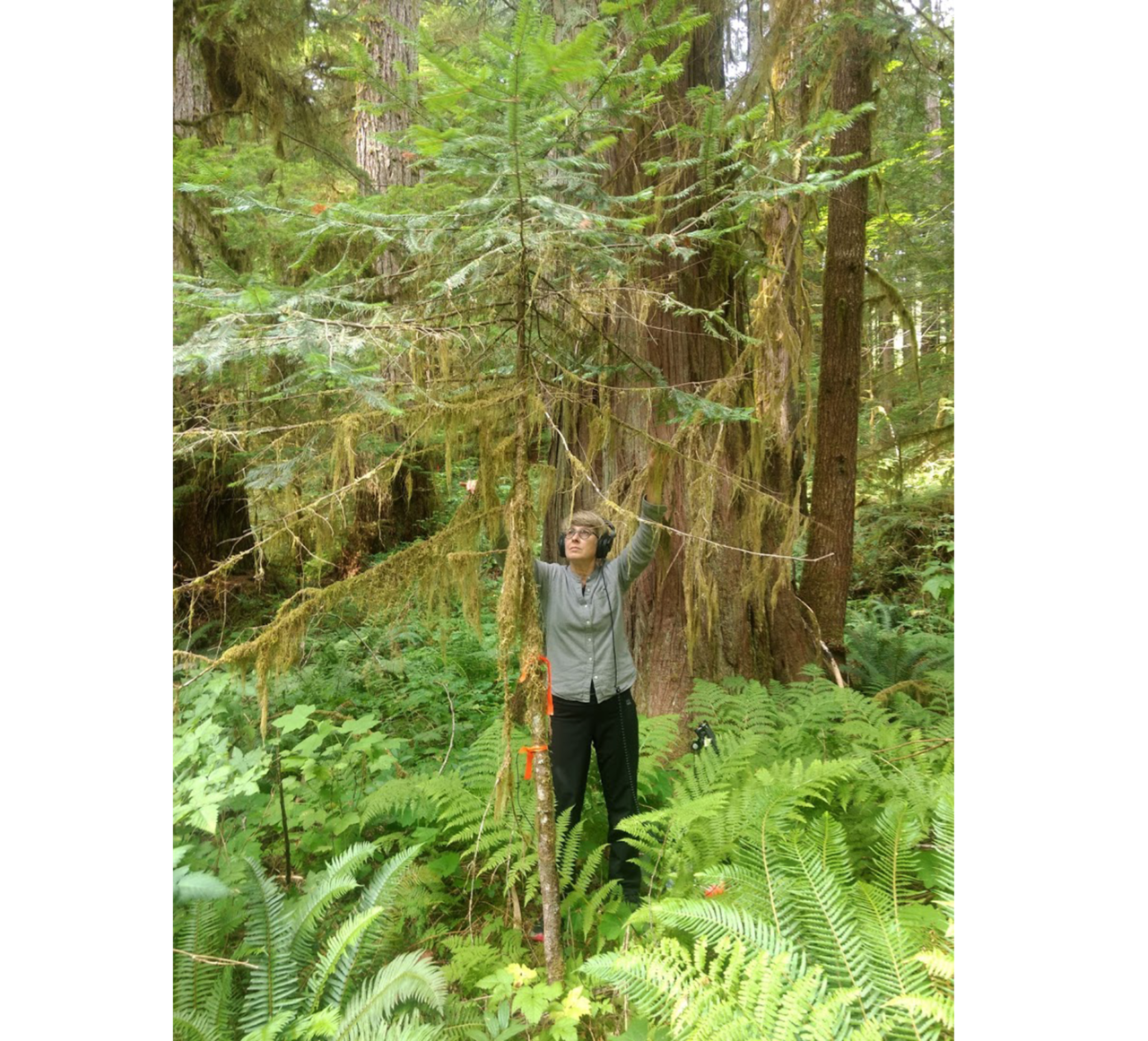New Julie Andreyev Book Takes Aim at Colonial Worldviews Through ‘Multispecies’ Art Practice

Posted on | Updated
Lessons from a Multispecies Studio documents the ongoing work of the artist, researcher and ECU faculty member to reveal the interconnectedness of human life to flora, fauna and ecologies—through creativity.
A new book from artist and ECU faculty member Julie Andreyev traces her art practice through its focus on revealing the deep and abiding interconnectedness of human and non-human life.
Titled Lessons from a Multispecies Studio: Uncovering Ecological Understanding & Biophilia Through Creative Reciprocity, Julie’s book is grounded in the link between social and ecological injustice, both of which are perpetuated by a historical worldview that puts human beings at the top of an existential pyramid.
“What I’m offering in this book are some practical means to critique and change our views — and these methods are rooted in art practice,” she says, adding that one way this process can begin is by harnessing creativity to rethink and “re-feel” relationships with our non-human neighbours.
“We, as artists, are really good at noticing, looking, listening, touching and paying attention to the world, and also paying attention to our inner worlds. One way to develop our relationship with nonhuman worlds is by working through empathy and identification. Using outward-moving attention towards non-human worlds and inward reflection on how we feel can open up feelings of kinship.”

Julie’s dogs Sugi and Tom walking cooperatively together on their own lead. (Photo courtesy Julie Andreyev)
Lessons from a Multispecies Studio uses specific examples from Julie’s life, research and art practice to demonstrate how opportunities to cultivate this sustained, close attention are around us, all the time. In documenting the various ways she has collaborated with animals and plant life to produce her art and research, Julie reveals new ways of thinking about creativity and how humans are not the only creatures capable of creative acts.
“In the book, I invite readers to consider that all life is creative,” Julie says. “Each being must adapt and respond to emergent situations of their world, and therefore, each individual is world-building. Creativity is imminent to life.”
Beginning with an account many of us might relate to — of a years-long relationship with her beloved dogs — the book draws readers through a series of real-world encounters with animals, plants and ecosystems. But readers needn’t worry that a companion animal or access to wild spaces are the only ways to build a closer relationship with non-human worlds. The second chapter of the book, titled Crows and Stones, details Julie’s ongoing, creative encounters with a family of communicative crows who inhabit the territory that includes her home. A project called Crow Stone Tone Poem began in 2016 when Julie was gifted a stone by a local crow couple (featured on the book’s cover) to whom she’d been providing fresh water.

Top L: The crow’s original pebble gift with Julie’s pebble response on top | Top R: The crow’s rearrangement of Julie’s response | Bottom L: Julie’s new “more robust” arrangement | Bottom R: The crow’s rearrangement of Julie’s robust arrangement. (All photos courtesy Julie Andreyev)
“As a result of this exchange, we developed interspecies play, using pebble arrangements, each taking turns to adapt each other’s arrangement,” she writes. The chapter springboards from that anecdote to look at subjects such as the subtle intelligence of this bird species, and the many ways stones have been used to create meaning in human cultural production. The chapter gives numerous examples of how the crows communicated with her using gifts of materials and objects, and details how these encounters inspired new art, such as her Bird Park Survival Station.
The book, in this way, moves outward to show the interconnection of the author — and, by extension, the reader — to wider and wider ecological spheres. From the domestic (her pet dogs) and the urban (the crows), Julie then looks at salmon populations and the Fraser River, and ultimately regional forest ecosystems.
But Lessons from a Multispecies Studio is clear: working to become closer to non-human worlds isn’t merely an exercise in personal fulfillment. Taken together, the stories and studies in Julie’s book illustrate the point that moving away from “detrimental beliefs in the exclusivity of humans and towards an understanding of the interconnected reality of life” is “essential to the survival” of human and non-human peoples alike.
“The precarity of this moment, and the need for change, is what motivated me to write this book,” she writes. All manner of human inequity and oppression as well as today’s climate emergency are tied to the view that humans are better than — and apart from — the world in which they live. In other words, contemporary injustices can all be traced back to anthropocentric views based on “colonial and extraction-based cultures” of thought and production, Julie says.

Still from production video for Julie Andreyev’s Salmon People. (Photo courtesy the author)
“A view that holds humans as separate and exclusive is not only ecologically problematic but evolutionarily untrue,” she writes. “Furthermore, its outcomes are tremendously detrimental to nonhuman life and consequential for human populations.”
The recognition that all lifeforms are creative and worthy of care and respect is part of contributing to a world grounded in justice for all living beings, Julie says. It’s also a part of shaping a sustainable future.
“We need to acknowledge the damaging effects of colonialism and resource extraction and feel its effects,” she writes. “We need to forge a path of care to support the multispecies communities that make up the living Earth. This book provides a way to walk, albeit with humble steps, along a trail of connection with nonhuman beings and the ecologies we share.”

Production photo for Wild Empathy project, showing Julie doing sound recording on location in an old-growth forest on Vancouver Island, BC. (Photo courtesy Simon Lysander Overstall / Julie Andreyev)
Funding for some of the research activities that led to the publication of Lessons from a Multispecies Studio was received from the I. Gillespie Design and Dynamic Media Research Fund, the SSHRC Institutional Grant program and the SSHRC Connection grant program. The book itself was also partially funded by SSHRC and I. Gillespie Design and Dynamic Media Research Fund.
The book launch for Lessons from a Multispecies Studio
will be hosted by Dr. Carol Gigliotti (who wrote the foreword to the
book) March 6 at 11am PST on Zoom. The launch will include a discussion
between Carol and Julie about the book as well as a reading, a live Q
& A with attendees, and a special give-away.
Register now to attend the launch! More information can be found on Facebook.
The book is available
from READ Books at Emily Carr University. READ is offering 20 per cent discount for the week of the launch. Pre-orders can be placed by email, by messaging lpomerantz@ecuad.ca. Online orders can be placed through readbooks.ecuad.ca; make sure to add a note in the ‘notes’ field to request the 20 per cent book launch discount.
Learn more about Julie’s wide-ranging art and research practice at julieandreyev.com, and check out her researcher profile page in the ECU Library’s institutional repository (IR). The IR also hosts two collections of student audio and video works from Julie’s MDIA300/VAST320 class, which are free to browse.
Keep an eye out for a full-text pre-print copy of Lessons from a Multispecies Studio, which the IR will host in October, once the embargo lifts.
And don’t miss Julie on episode 11 of the What the F*** is Biodiversity podcast, speaking on “the integration of art and research, the ethics of care, connecting to the non-human world and old-growth trees.”